When the pump automatically shuts off after filling a vehicle’s tank, many people are tempted to add a little more gas. Unfortunately, this can do more harm than good, and the repair bills could add up quickly.

You can’t sell what you don’t understand.
A fluid transfer pump is the cleanest and easiest way to fill a differential, transmission or transfer case with its necessary fluid.
Formal education teaches you theory and the real world teaches you the rest.
Shop Press is the news and idea hub for everything related to working on cars and trucks, focusing on repair, technology, and wrenching lifestyle. With interesting stories from around the world, features on creative people and solutions, and all kinds of other stuff that’ll make you use your mind and your hands.
Auto care news and advice you can use.
Pete Meier explains why these single-use bolts should always be replaced for safety and proper function.
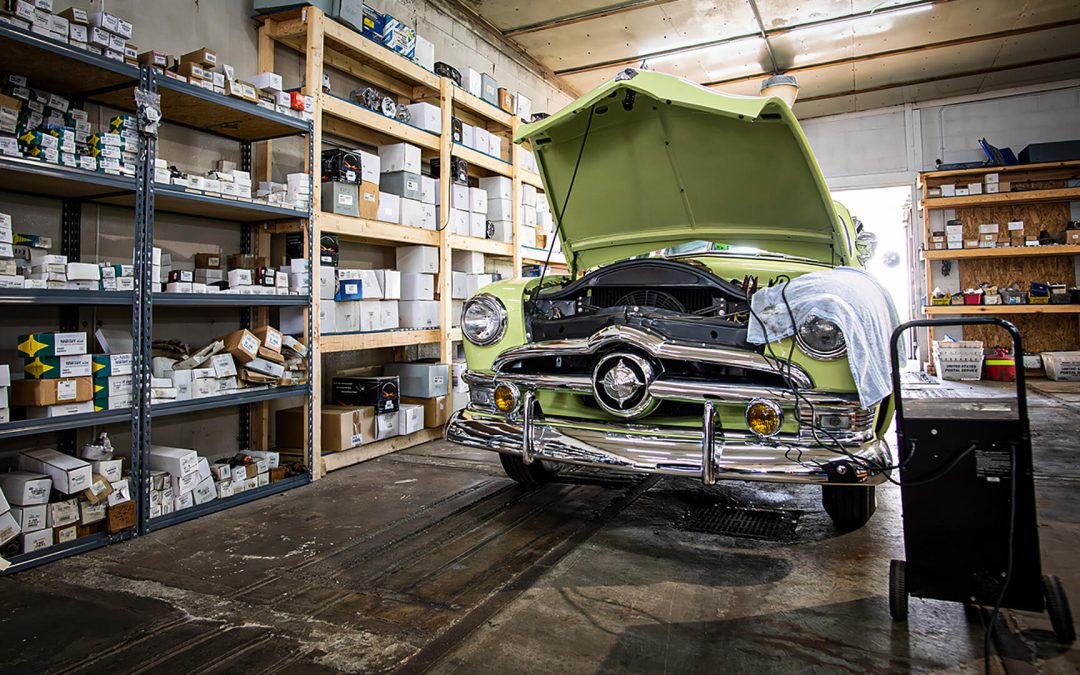
Shop Press photographer Mike Apice recently visited Indiana, exploring the local scene and a few repair shops. Here’s a bit of what he saw behind his lens.
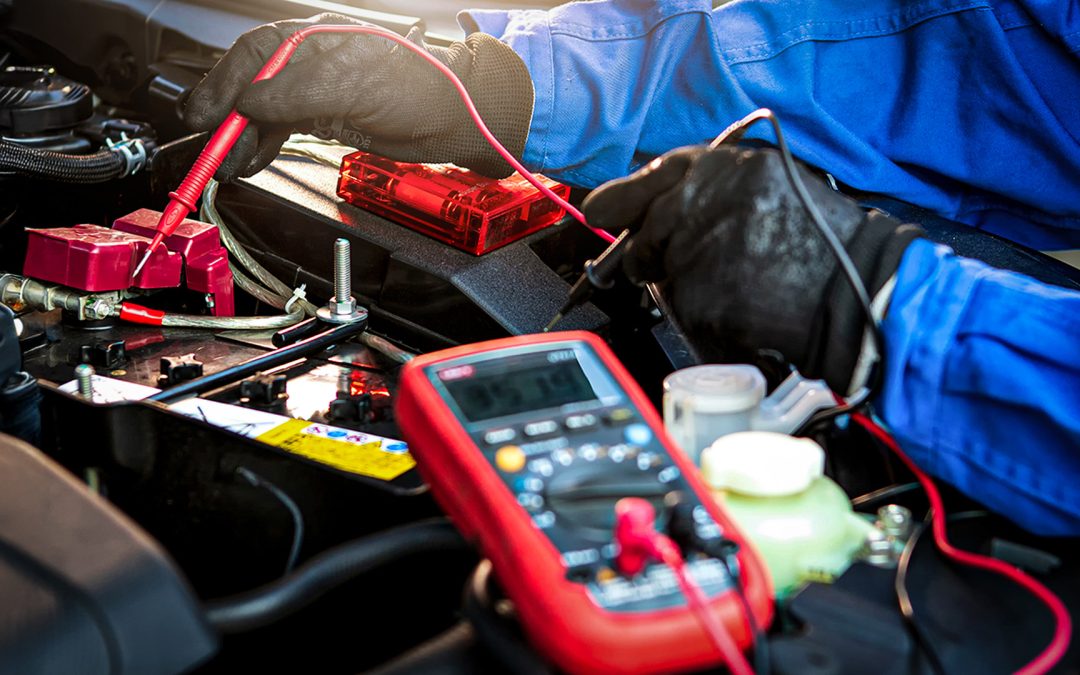
Understanding how voltage is used in an electrical circuit can help your troubleshooting.
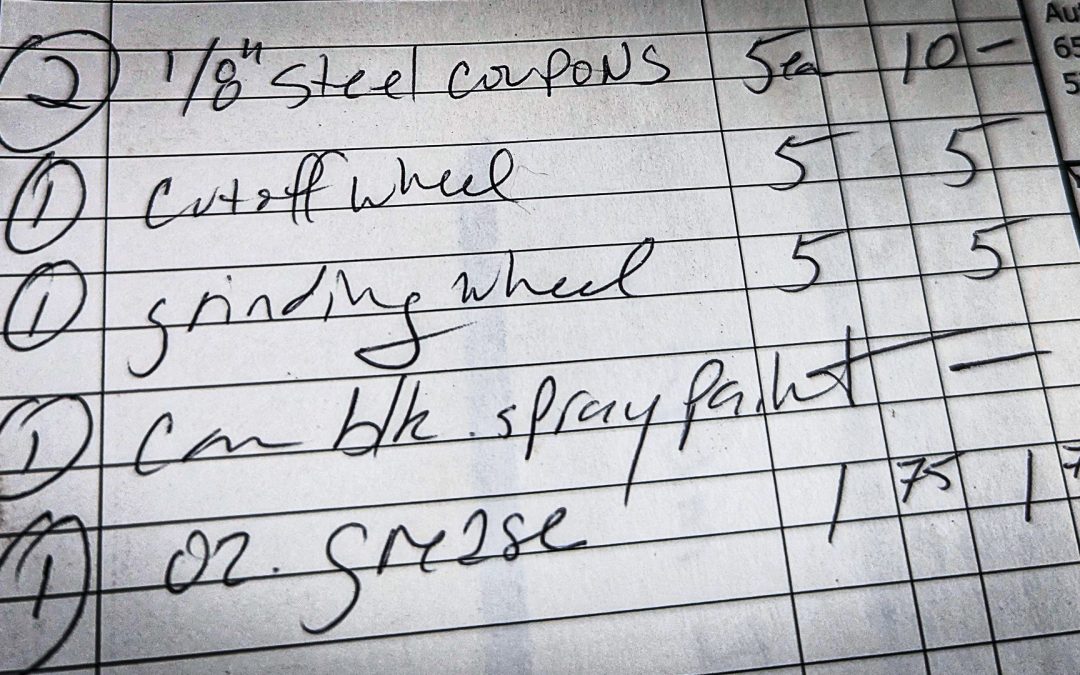
You ARE accounting for them, right?
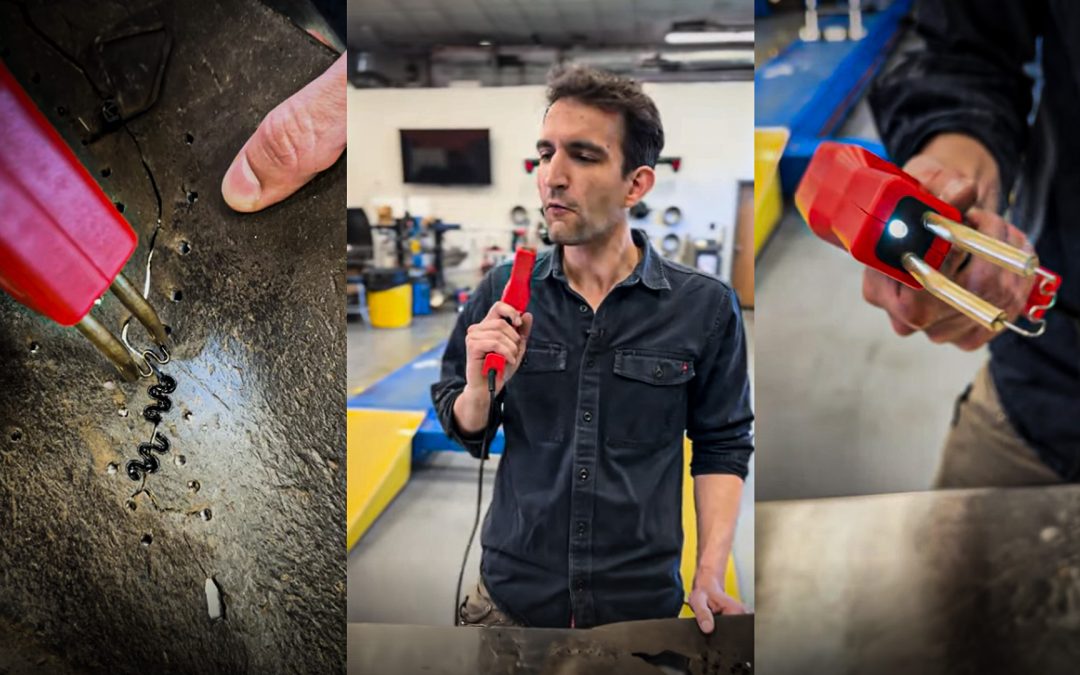
When plastic parts break, sometimes replacements can be prohibitively expensive or hard to find. Learn how to use a hot staple tool to salvage broken plastics for auto repairs and other projects.
Are you a wrench and a writer? A counterperson and a communicator? A service writer and a scribe? Get paid to share your experience and expertise with thousands of Shop Press readers.
Auto care news and advice you can use.
Brake cleaner is loved by techs (for good reason), but make sure you’re taking safety precautions.
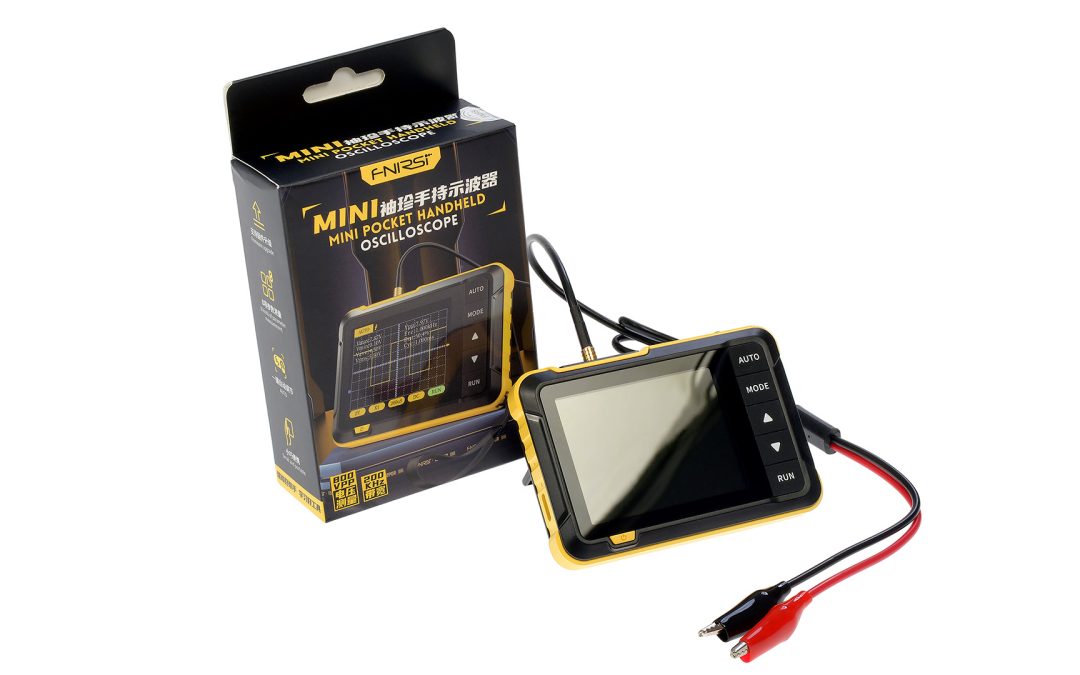
Lemmy tries out the cheapest lab scope available on Amazon.
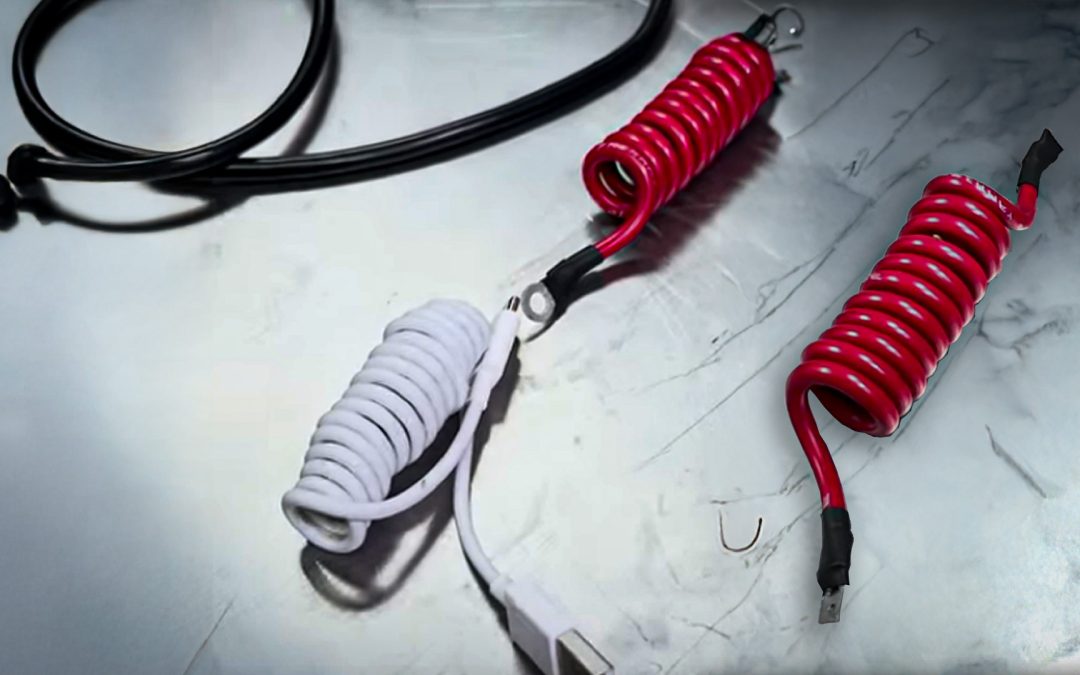
Coiled wire is a smart idea for adding service loops or mechanical strain relief on automotive electrical jobs or other projects.
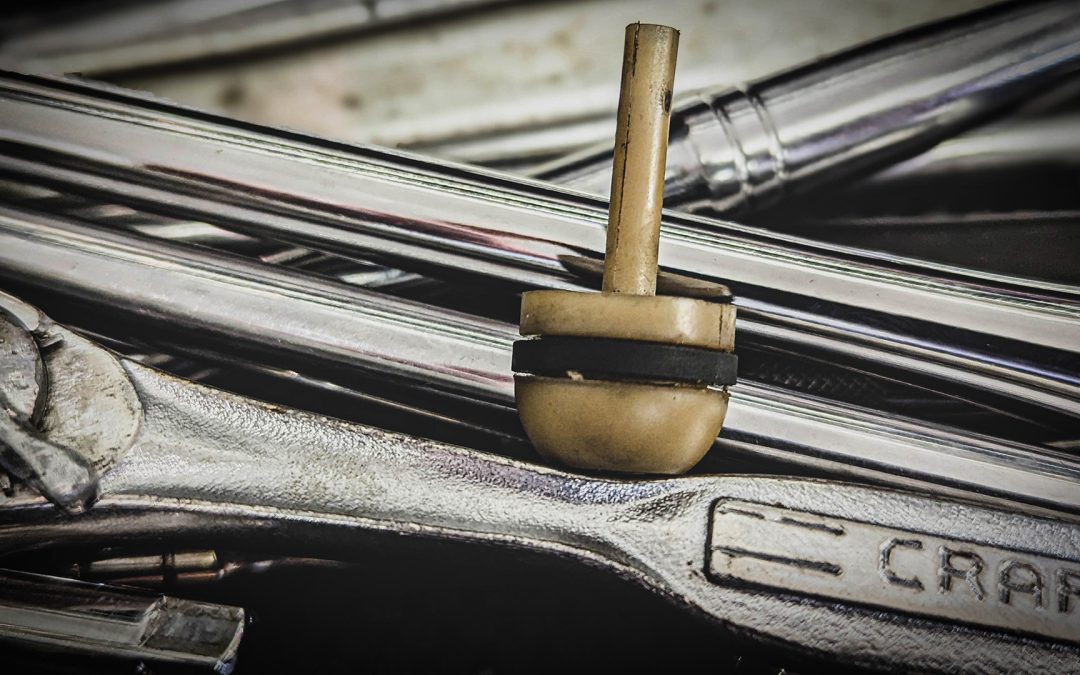
What do you do when a part isn’t in an IPD/fiche?
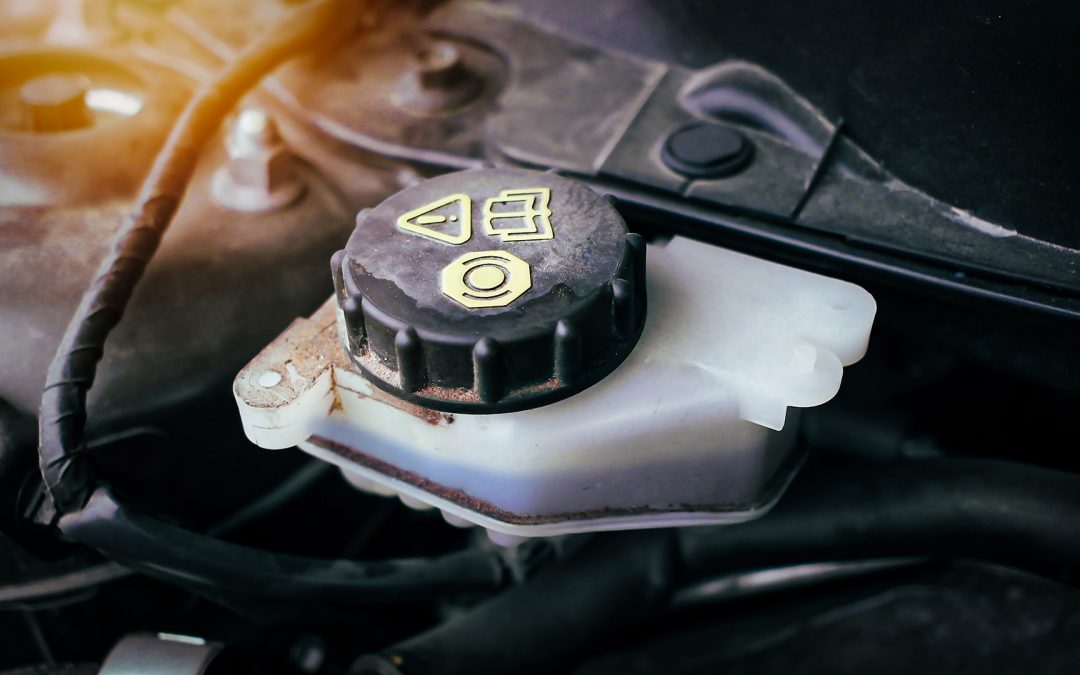
Just because it says “DOT 4” on the bottle doesn’t mean it’s the correct DOT 4 for the vehicle.
There’s two ways to use tire mounting compound.
Get up to speed on a safety feature not often seen in the United States.
The celebration of a magazine that was, for some, where their love of working on cars began.